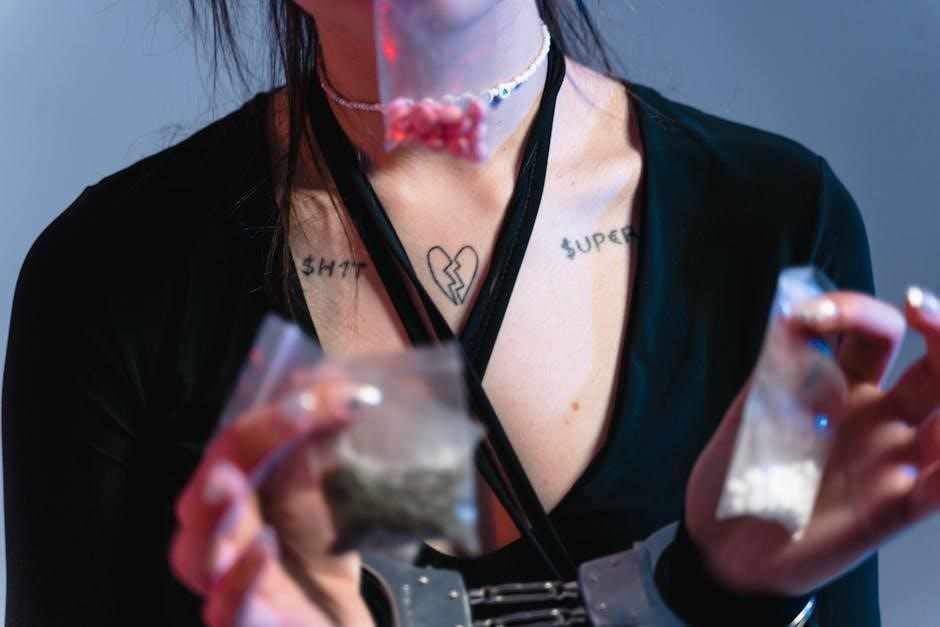Sever’s Disease is a common cause of heel pain in children, typically occurring during growth spurts. It is self-limiting and resolves with rest and conservative measures.
1.1 Definition and Overview
Sever’s Disease, also known as calcaneal apophysitis, is a common condition causing heel pain in children, particularly during growth spurts. It affects the growth plate of the calcaneus bone, leading to inflammation and discomfort. Typically seen in children aged 8 to 14, it is more prevalent in active individuals involved in sports. Symptoms include pain, swelling, and tenderness at the back or bottom of the heel. While it is not a disease but rather an overuse injury, it can significantly impact daily activities and athletic performance. Fortunately, it is self-limiting, meaning it resolves as the child grows and the growth plate fuses.
1.2 Importance of Effective Treatment
Effective treatment of Sever’s Disease is crucial to alleviate pain, prevent complications, and ensure proper healing. Untreated or poorly managed cases can lead to prolonged discomfort, limited mobility, and potential long-term issues. Early intervention helps reduce inflammation, promotes healing, and allows children to resume normal activities, including sports. Proper management also prevents overuse injuries and supports overall musculoskeletal health. Addressing the condition effectively improves the child’s quality of life, enabling them to participate fully in daily activities without pain or restriction. Timely and appropriate care ensures the best outcomes and supports healthy growth and development during critical growth spurts.
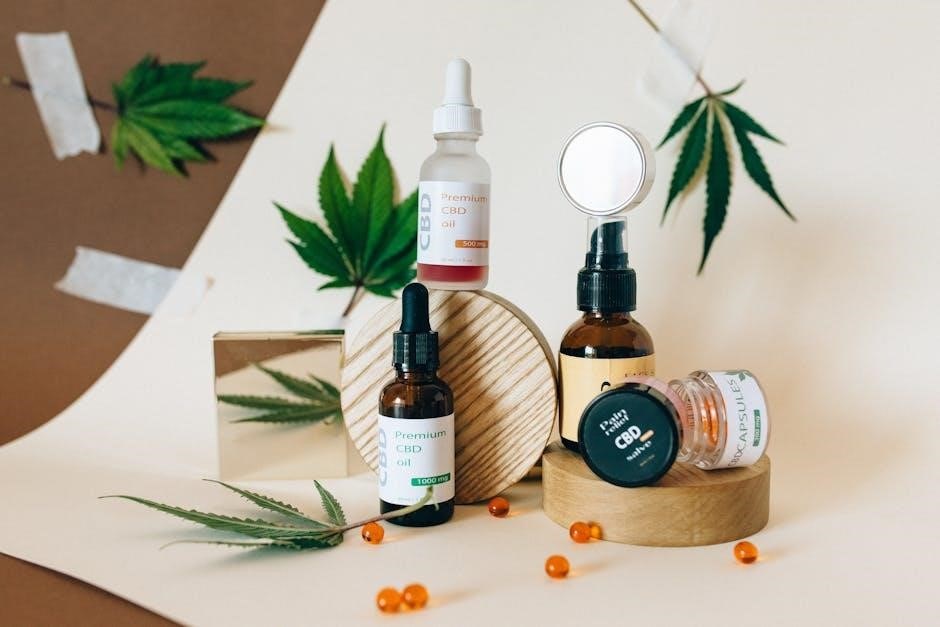
Conservative Treatment Options
Conservative treatment options for Sever’s Disease focus on reducing pain and inflammation through rest, ice, activity modification, orthotics, and stretching exercises, promoting healing and recovery.
2.1 Rest and Activity Modification
Rest and activity modification are crucial initial steps in managing Sever’s Disease. Reducing or avoiding activities that exacerbate heel pain helps minimize stress on the calcaneal apophysis. Children are often advised to limit participation in sports or high-impact activities during the recovery period. Substituting with low-impact exercises, such as swimming or cycling, can maintain fitness without aggravating symptoms. Proper rest allows the growth plate to heal, preventing further inflammation. Parents and coaches should monitor activity levels to ensure compliance, as overuse can delay recovery. This approach, combined with other conservative measures, often leads to significant improvement within a few weeks.
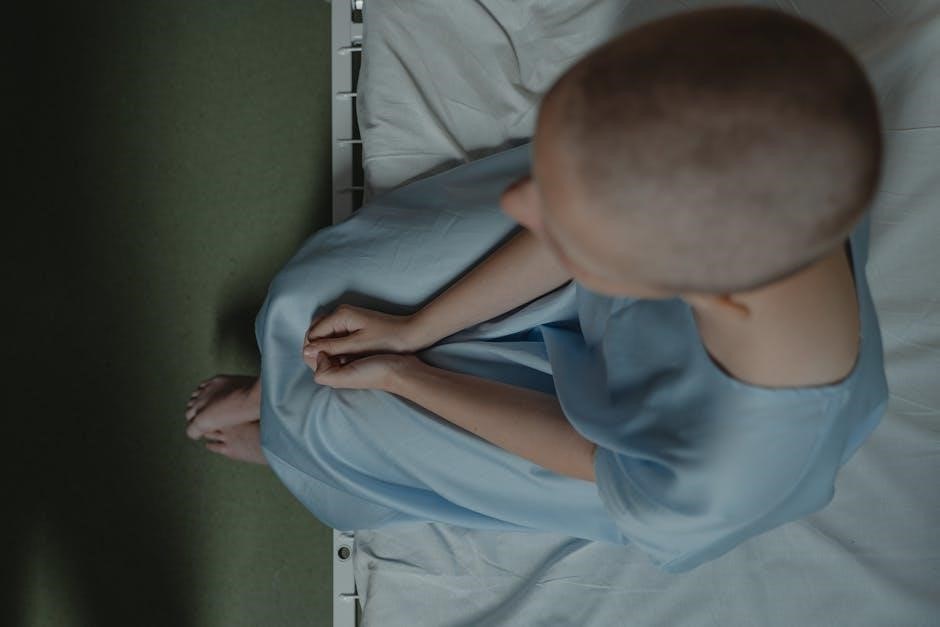
2.2 Physical Therapy and Stretching Exercises
Physical therapy and stretching exercises play a vital role in managing Sever’s Disease by improving flexibility and reducing tension on the heel. Calf stretches and Achilles tendon exercises are particularly beneficial, as they target the muscles directly connected to the affected area. Strengthening exercises for the foot and ankle can also help stabilize the region and prevent further strain. A physical therapist may design a customized program to address the child’s specific needs, ensuring proper technique and progression. Regular stretching not only alleviates current symptoms but also helps prevent future episodes by enhancing overall lower limb mobility and strength;
2.3 Pain Management Strategies
Pain management for Sever’s Disease often involves a combination of non-invasive approaches. Ice application is highly recommended to reduce inflammation and alleviate discomfort. Over-the-counter pain relievers, such as ibuprofen, can help manage both pain and swelling. Orthotics and heel pads are also effective in providing cushioning and support, reducing stress on the heel. Gentle activities, like swimming, are encouraged to maintain fitness without aggravating the condition. In some cases, temporary activity modification may be necessary to allow the heel to heal. These strategies are designed to provide relief while promoting recovery, ensuring the child can resume normal activities once symptoms subside.

Orthotics and Footwear
Orthotics and supportive footwear play a crucial role in managing Sever’s Disease by redistributing pressure and providing cushioning, helping to alleviate heel pain during recovery.
3.1 Custom Orthotics for Support
Custom orthotics are tailored to address specific foot mechanics, offering superior arch support and cushioning. They redistribute pressure away from the heel, reducing strain on the calcaneus. By stabilizing the foot, orthotics help minimize pain and inflammation associated with Sever’s Disease. They are particularly beneficial for active children, as they allow continued participation in sports while facilitating healing. Orthotics can also correct gait abnormalities that may contribute to the condition. When combined with proper footwear, they provide a comprehensive approach to managing symptoms and promoting long-term recovery.
3.2 Recommended Footwear Features
Footwear for managing Sever’s Disease should prioritize support and cushioning. A stiff heel counter helps reduce stress on the calcaneus, while a cushioned, firm midsole absorbs shock during activities. Elevated heels can alleviate tension on the Achilles tendon, reducing discomfort. Breathable materials are essential to prevent moisture buildup, which can irritate the skin. Proper fit is crucial, ensuring the shoe is neither too tight nor too loose. Additionally, shoes with good arch support and a rocker sole can promote natural foot movement. For active children, selecting footwear designed for their specific sport or activity is recommended to enhance comfort and protection.
3.3 Heel Pads and Cushions
Heel pads and cushions are essential for managing Sever’s Disease, as they provide immediate relief by absorbing shock and reducing pressure on the calcaneus. These inserts can be placed inside shoes to cushion the heel, minimizing discomfort during physical activities. Heel pads are particularly beneficial for active children, as they help distribute weight more evenly and reduce stress on the growth plate. Made from materials like gel or foam, they offer both support and flexibility. Regular use of heel pads can significantly alleviate pain and inflammation, making them a practical addition to a comprehensive treatment plan for Sever’s Disease.
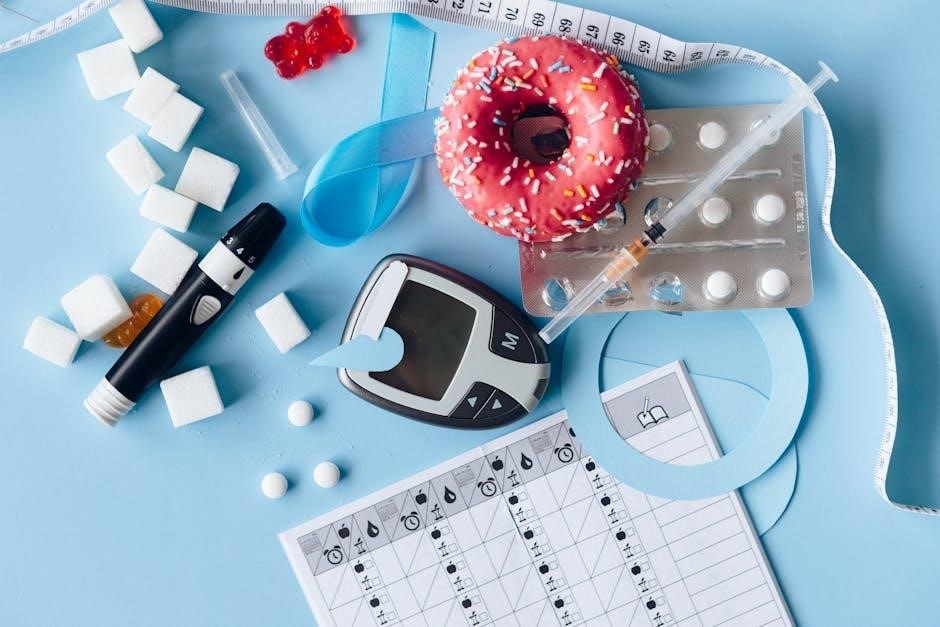
Preventative Measures
Preventative measures for Sever’s Disease include proper footwear, orthotics, and regular stretching to reduce stress on the heel. Avoiding overuse and repetitive stress is crucial.
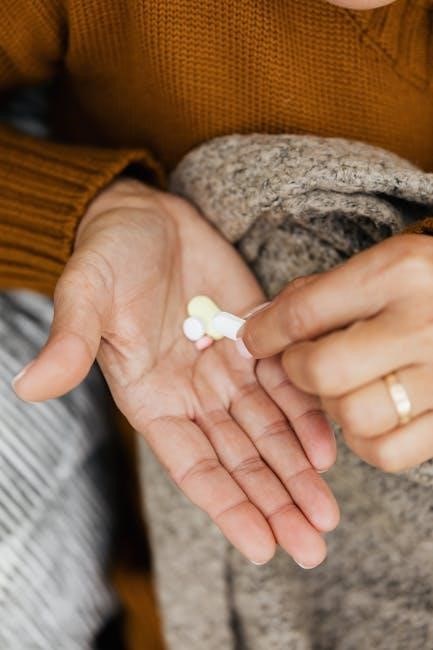
4.1 Proper Footwear and Orthotics
Proper footwear and orthotics play a vital role in preventing Sever’s Disease. Shoes should have a stiff heel counter, cushioned sole, and elevated heel to reduce stress on the growth plate. Custom orthotics can provide additional support, redistributing pressure and improving foot mechanics. Ensuring footwear fits well and is appropriate for the activity is essential. Orthotic devices, like heel pads or cushions, can absorb impact and alleviate discomfort during physical activities. Consulting a podiatrist for tailored orthotics can further enhance preventive measures, especially for active children prone to heel pain.
4.2 Stretching and Strengthening Exercises
Stretching and strengthening exercises are essential for preventing Sever’s Disease; Focus on calf stretches, Achilles tendon stretches, and heel raises to improve flexibility and strengthen the muscles around the heel. Toe walks and ankle exercises can also enhance foot stability. Consistent stretching helps reduce tension on the growth plate, lowering the risk of heel pain. Strengthening exercises promote proper muscle balance, supporting the foot during physical activities. Incorporating these exercises into a daily routine can significantly reduce the likelihood of developing Sever’s Disease, especially in active children during growth spurts.
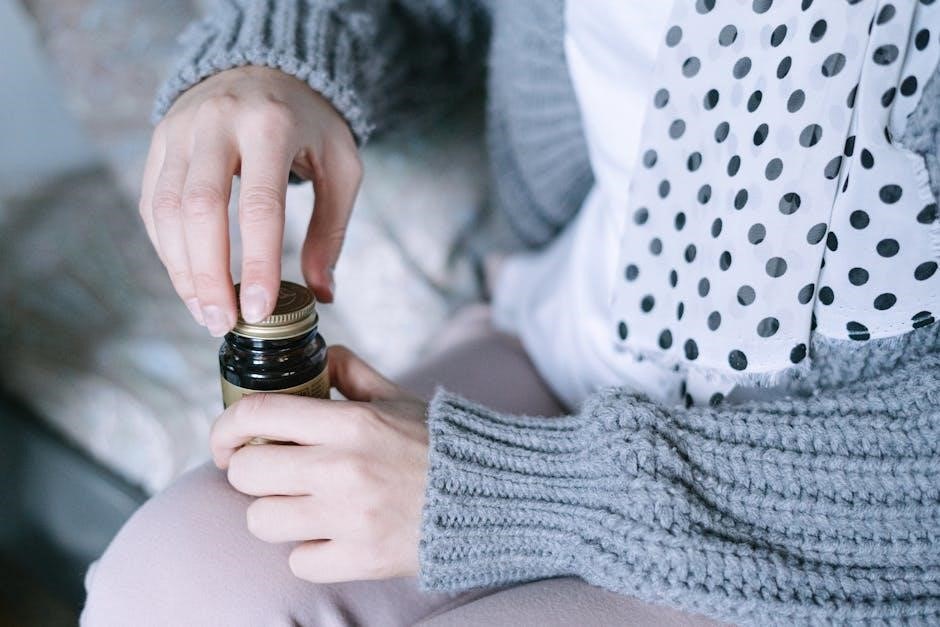
4.3 Avoiding Overuse and Repetitive Stress
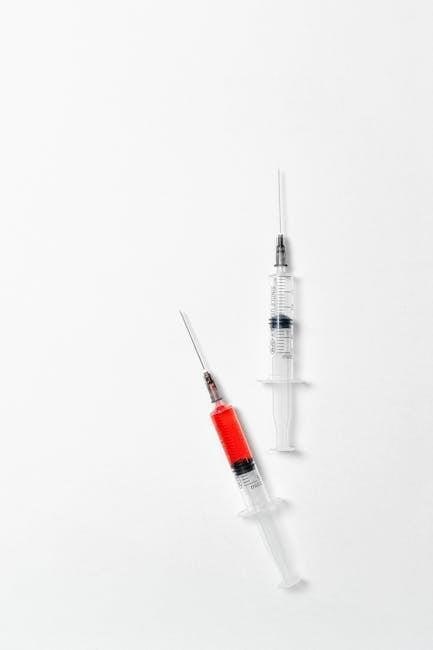
Avoiding overuse and repetitive stress is crucial in preventing Sever’s Disease. Children should avoid excessive running, jumping, or repetitive impact activities, especially on hard surfaces. Monitoring activity levels, especially in sports, can help reduce strain on the heel. Encouraging a balance between rest and play is essential. Gradually increasing activity intensity and duration can prevent sudden stress on the growth plate. Proper footwear and orthotics can also help distribute pressure evenly, minimizing repetitive stress. Parents and coaches should supervise to ensure children avoid overexertion, as this is a key factor in managing and preventing the condition effectively.
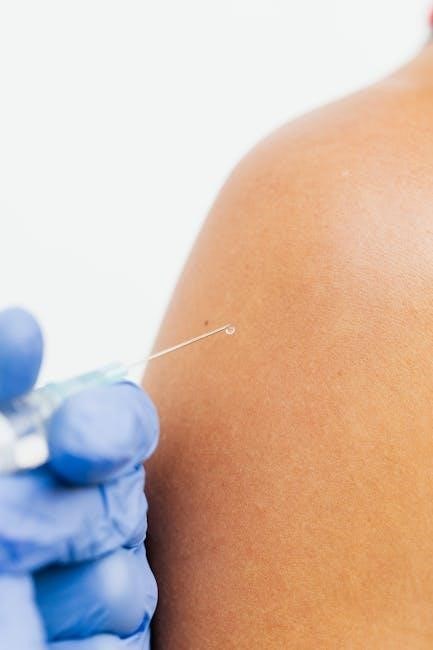
When to Seek Medical Attention
Seek medical attention if your child experiences severe pain, swelling, or persistent symptoms despite conservative measures, or if complications arise requiring professional evaluation and treatment.

5.1 Severe Pain or Swelling
Severe pain or swelling in the heel and surrounding areas may indicate a more serious issue. If your child experiences intense discomfort that limits mobility or worsens over time, seek immediate medical attention. Persistent swelling that does not improve with rest or ice application could signal an underlying complication. A healthcare professional can assess the severity and recommend appropriate interventions, ensuring proper management to prevent long-term damage. Early evaluation is crucial to address any potential complications and ensure effective treatment.
5.2 Persistent Symptoms Despite Conservative Measures
If symptoms of Sever’s Disease persist despite rest, ice, and activity modification, it is essential to seek further medical evaluation. Persistent heel pain or swelling that does not improve with conservative treatments may indicate the need for advanced interventions. A healthcare provider may recommend imaging studies or additional therapies to address the underlying issue. Custom orthotics or braces might be prescribed to provide extra support and alleviate discomfort. In some cases, physical therapy or anti-inflammatory medications could be necessary to manage ongoing symptoms effectively. Persistent symptoms warrant a comprehensive assessment to ensure proper healing and prevent further complications.
5.3 Signs of Complications or Related Conditions
Sever’s Disease can sometimes lead to complications if left untreated or mismanaged. Signs of complications include worsening heel pain, persistent swelling, or difficulty walking. Redness or warmth around the heel may indicate infection or inflammation. Additionally, related conditions such as stress fractures, Achilles tendinitis, or plantar fasciitis can develop, requiring specialized care. If symptoms persist or worsen despite treatment, it is crucial to seek medical attention. A healthcare provider may recommend advanced imaging or further evaluation to rule out other conditions. Early identification of complications ensures timely intervention and prevents long-term issues, emphasizing the importance of monitoring and professional guidance.
